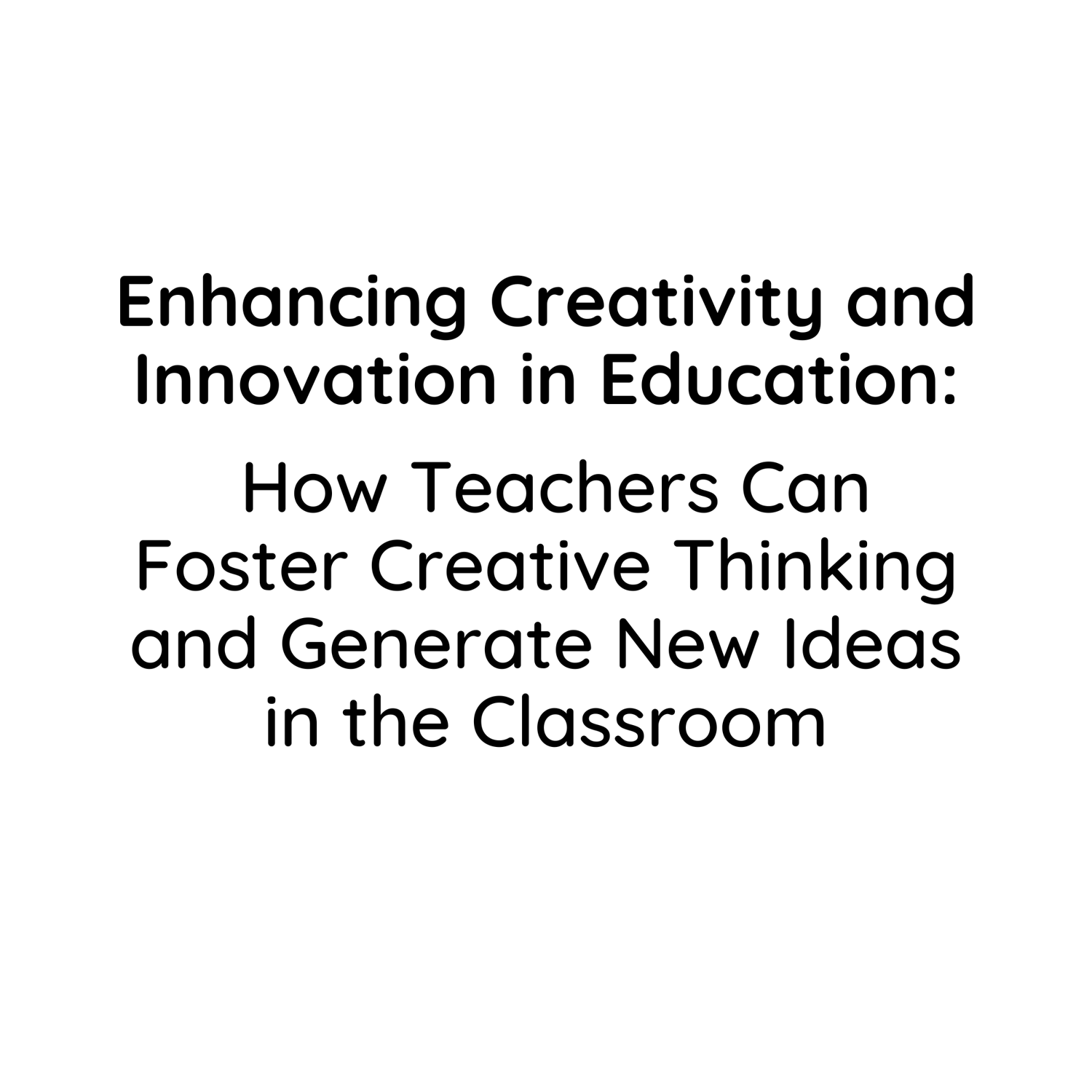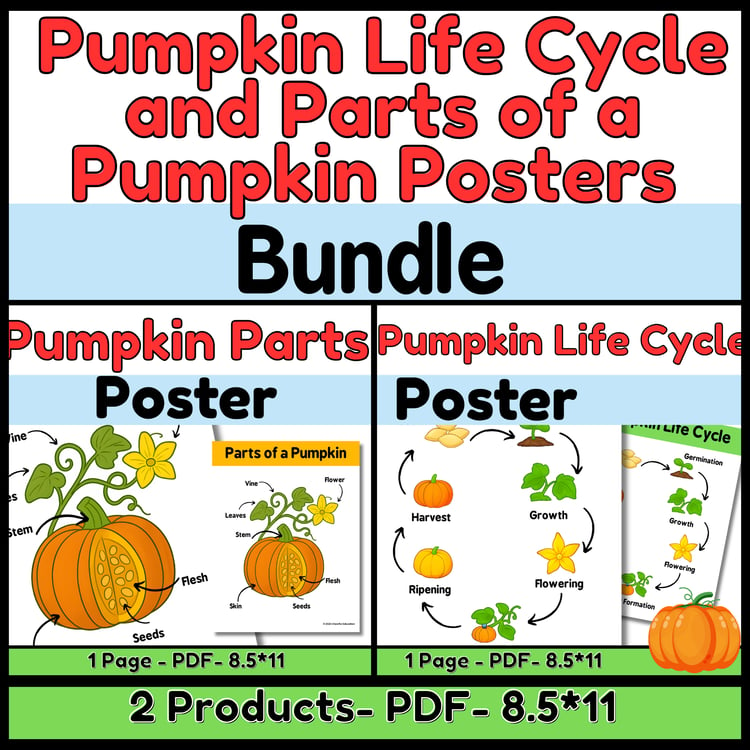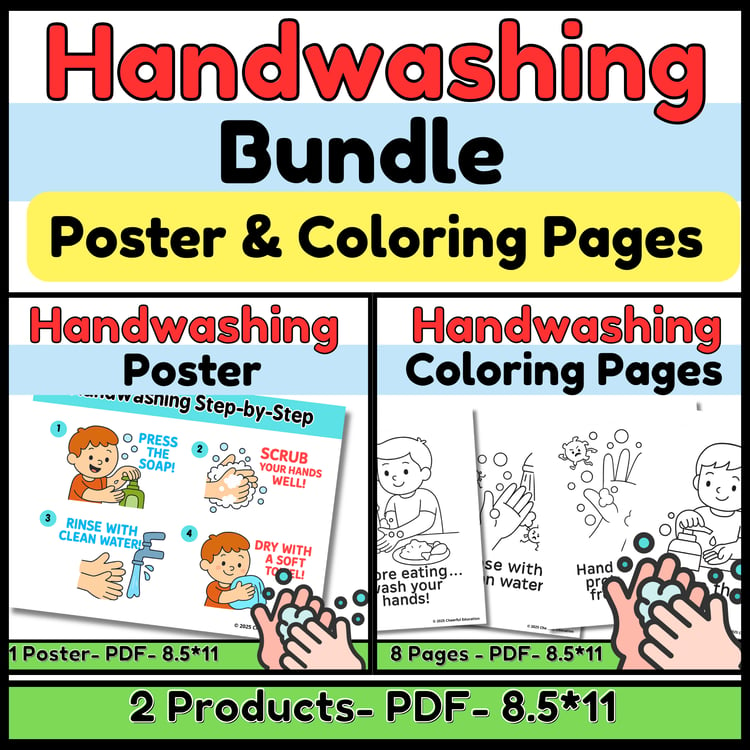Enhancing Creativity and Innovation in Education: How Teachers Can Foster Creative Thinking and Generate New Ideas in the Classroom
Introduction:
In today's rapidly changing world, creativity and innovation have become essential skills for success. As educators, it is our responsibility to nurture and cultivate these qualities in our students. By fostering a classroom environment that encourages creative thinking and idea generation, we can equip our students with the necessary skills to thrive in the future. In this article, we will explore various strategies that teachers can employ to promote creativity and innovation in the classroom.
1. Create a Safe and Supportive Environment:
To foster creativity, it is crucial to establish a safe and supportive classroom environment where students feel comfortable expressing their ideas. Encourage open dialogue, active listening, and respect for diverse perspectives. By removing the fear of judgment, students will be more willing to take risks and think outside the box.
2. Encourage Curiosity and Questioning:
Nurture students' natural curiosity by encouraging them to ask questions and explore different possibilities. Encourage them to challenge assumptions and seek alternative solutions. Celebrate curiosity as a catalyst for creativity and reinforce the idea that there are no wrong questions or ideas.
Cheerful Education: Preschool and Kindergarten- Worksheets Printable-Homeschool Learning
Cheerful Education: Preschool and Kindergarten- Worksheets Printable-Homeschool Learning
3. Incorporate Open-Ended Projects and Assignments:
Provide students with open-ended projects and assignments that allow for multiple interpretations and solutions. These types of tasks encourage students to think critically, problem-solve, and tap into their creativity. By giving them the freedom to explore different approaches, students can develop innovative ideas.
4. Integrate Technology and Digital Tools:
Technology can greatly enhance creativity and innovation in the classroom. Utilize digital tools such as multimedia presentations, online collaboration platforms, and creativity apps to engage students in interactive learning experiences. This integration allows students to explore various mediums and encourages them to think creatively while using technology as a tool.
5. Foster Collaboration and Teamwork:
Collaborative activities and group projects provide opportunities for students to exchange ideas, brainstorm, and build upon each other's creativity. Encourage teamwork, active participation, and effective communication among students. Collaboration fosters a sense of shared responsibility and allows students to learn from one another's unique perspectives.
6. Provide Diverse Learning Experiences:
Expose students to a wide range of experiences and resources to broaden their perspectives and inspire creativity. Field trips, guest speakers, and hands-on activities can ignite students' imaginations and encourage them to think creatively. Incorporate real-world examples and case studies to demonstrate how creative thinking can solve complex problems.
7. Incorporate Arts and Creativity in the Curriculum:
Integrate arts and creativity across different subjects to stimulate students' imagination and foster creative thinking. Encourage students to express themselves through various artistic mediums, such as drawing, painting, music, or drama. The arts provide a platform for students to think creatively and communicate their ideas in non-traditional ways.
8. Embrace Failure as a Learning Opportunity:
Create a culture where failure is seen as a steppingstone towards growth and innovation. Encourage students to learn from their mistakes and see setbacks as opportunities to refine their ideas. By promoting a growth mindset, students will be more willing to take risks and think creatively without fear of failure.
9. Provide Time for Reflection and Self-Assessment:
Allocate time for students to reflect on their creative processes and assess their work. Encourage self-reflection and self-assessment to help students identify their strengths and areas for improvement. This reflective practice allows students to refine their ideas, think critically about their creative processes, and develop strategies for future projects.
10. Encourage Real-World Problem Solving:
Integrate real-world problem-solving activities into the curriculum to challenge students' creativity and innovation. Encourage them to identify problems in their communities or globally and brainstorm innovative solutions. By connecting classroom learning to real-life issues, students will see the value and relevance of their creative thinking.
Conclusion:
By implementing these strategies, teachers can create a classroom environment that nurtures creativity and innovation. Encouraging students to think creatively, question assumptions, collaborate, and embrace failure as a learning opportunity will equip them with the skills needed to thrive in an ever-changing world. By fostering creativity and innovation, we are preparing students to become lifelong learners and active contributors to society.
Cheerful Education: Preschool and Kindergarten- Worksheets Printable-Homeschool Learning
Cheerful Education: Preschool and Kindergarten- Worksheets Printable-Homeschool Learning








